what is linux? How to use linux?
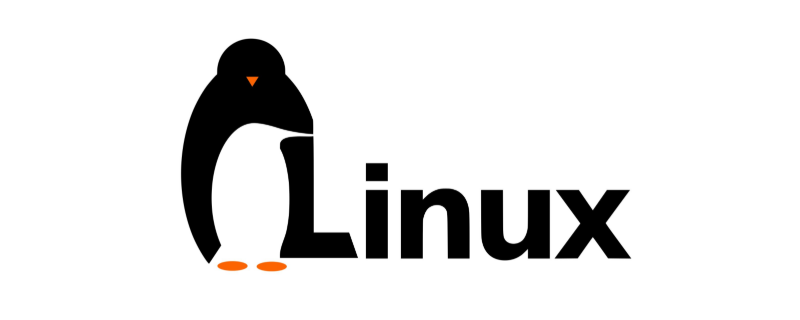
1. What is linux?
01.Linux is a Unix-like operating system that is free to use and spread freely. It is a multi-user, multi-tasking operating system that supports multi-threading and multi-CPU.
02.Linux can be installed on a variety of computer hardware devices, such as mobile phones, tablets, routers, video game consoles, desktop computers, mainframes, and supercomputers.
03.Lnux There are many different Linux versions, but they all use the Linux kernel.
Founder Linus Torvalds Released on October 5, 1991!
2. What are the characteristics of Linux?
01. Free to use, open source!
02. Basic idea:
001. Everything is a file!
002. Every software has a definite purpose!
03. Multi-user, multi-tasking
Linux supports multiple users. Each user has its own special rights for its own file device, ensuring that each user does not affect each other. Multitasking is one of the most important features of today's computers. Linux can enable multiple programs to run simultaneously and independently.
04. Support multiple platforms
Linux is also an embedded operating system that can run on handheld computers, set-top boxes or game consoles.
3. What is the mainstream release version of Linux?
01. Hongqi is made in China!
02.CentOS is the most mainstream and free!
03.SuSe
04.redHat Commercial version! TOLL!
05.ubuntu Ordinary User
4. What are the advantages and disadvantages of Linux?
Advantages:
01. Stable performance
02. Higher security and quick bug fixes
03. Support multi-user multi-tasking
04. Complete user group Group policy
Disadvantages:
01. The graphical interface is not friendly
02. There is no specific manufacturer support
5. What is virtual software?
Virtual software: It is a system that can run two or more systems on one computer at the same time! Can simulate a standard PC environment! This environment is exactly the same as the real machine!
Commonly used virtual software:
01.VMare
02.VritualBox (mac)
6. What is the URL to download the centOS system and the download steps?
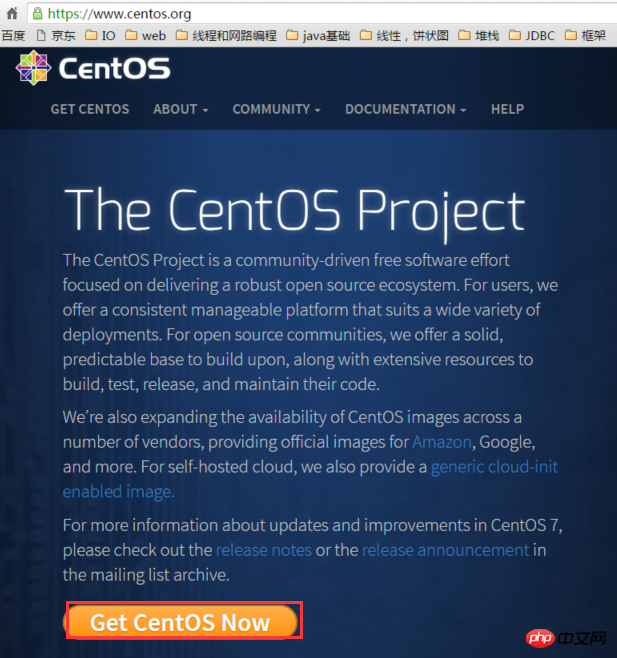

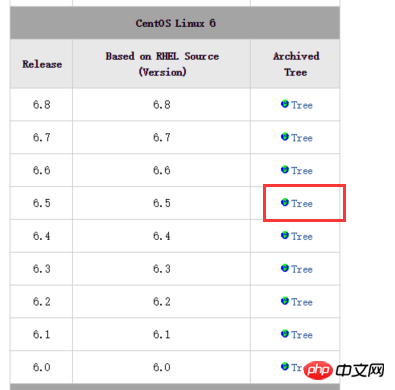
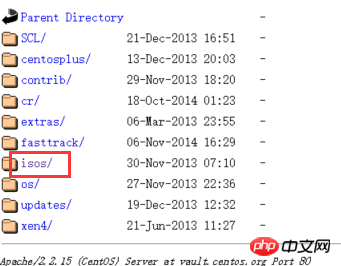

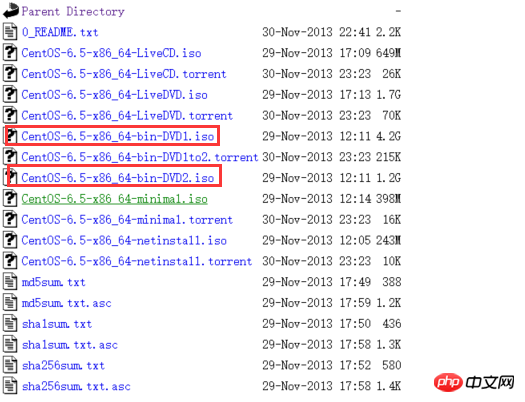
02. Configure the network after successful installation
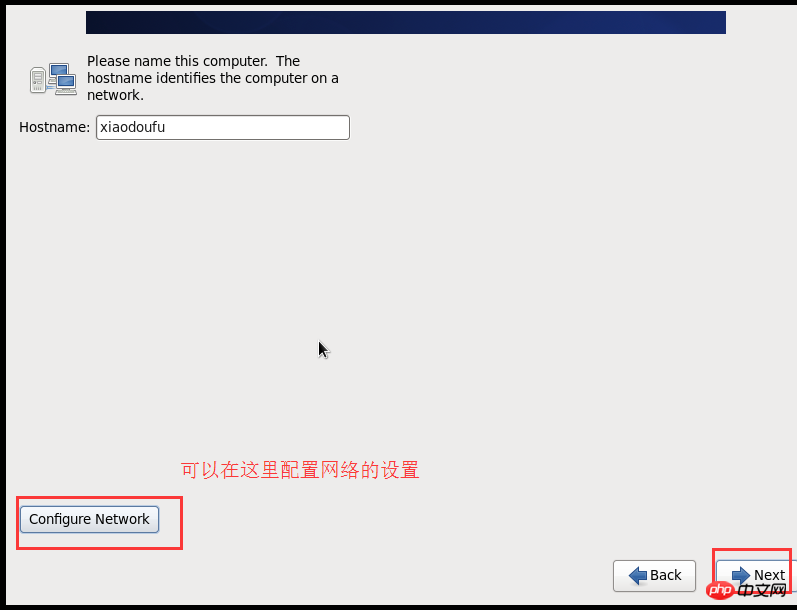
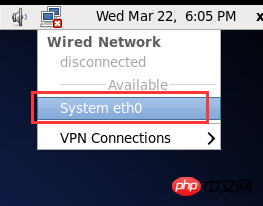
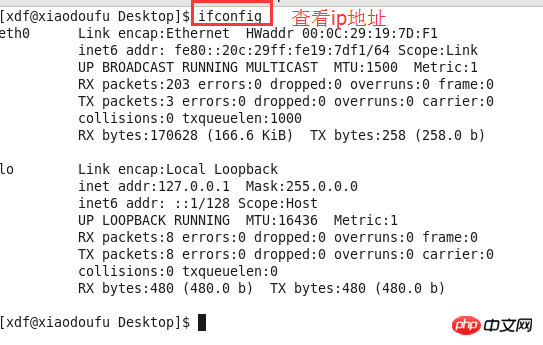 dhclient eth0 assigns an IP address
dhclient eth0 assigns an IP address
If eth0 is not displayed, use the command ifconfig -a to query all gateway information
As mentioned above, when the host name cannot be pinged: edit the /etc/hosts file
 Just configure your own host name. Note that you need to add spaces to the previous default configuration!
Just configure your own host name. Note that you need to add spaces to the previous default configuration!
Ping the host name again and the ping will succeed!
10. Why do you need to configure the host name and IP address correspondence configuration? 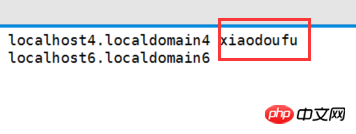
For example: How did we configure the url to connect to the database before? ? ?
Usually it’s an IP address!
If our server changes its IP address! Then our project also has to change its address! It’s not just a computer problem anymore! Is it troublesome?
Then when we connect to the server, we don’t need to configure the IP address!
At this time, use the corresponding relationship between the host name and IP address to configure!
11. Shut down and restart?
reboot: Restart Any user can use
The following commands are only available to the root user!
shutdown -r now: Shut down immediately
shutdown -r 10: After 10 minutes
shutdown -r 19:00: When the time is 19 o'clock
The above is the detailed content of what is linux? How to use linux?. For more information, please follow other related articles on the PHP Chinese website!

Hot AI Tools

Undresser.AI Undress
AI-powered app for creating realistic nude photos

AI Clothes Remover
Online AI tool for removing clothes from photos.

Undress AI Tool
Undress images for free

Clothoff.io
AI clothes remover

AI Hentai Generator
Generate AI Hentai for free.

Hot Article

Hot Tools

Notepad++7.3.1
Easy-to-use and free code editor

SublimeText3 Chinese version
Chinese version, very easy to use

Zend Studio 13.0.1
Powerful PHP integrated development environment

Dreamweaver CS6
Visual web development tools

SublimeText3 Mac version
God-level code editing software (SublimeText3)

Hot Topics
 1386
1386
 52
52
 Difference between centos and ubuntu
Apr 14, 2025 pm 09:09 PM
Difference between centos and ubuntu
Apr 14, 2025 pm 09:09 PM
The key differences between CentOS and Ubuntu are: origin (CentOS originates from Red Hat, for enterprises; Ubuntu originates from Debian, for individuals), package management (CentOS uses yum, focusing on stability; Ubuntu uses apt, for high update frequency), support cycle (CentOS provides 10 years of support, Ubuntu provides 5 years of LTS support), community support (CentOS focuses on stability, Ubuntu provides a wide range of tutorials and documents), uses (CentOS is biased towards servers, Ubuntu is suitable for servers and desktops), other differences include installation simplicity (CentOS is thin)
 How to use docker desktop
Apr 15, 2025 am 11:45 AM
How to use docker desktop
Apr 15, 2025 am 11:45 AM
How to use Docker Desktop? Docker Desktop is a tool for running Docker containers on local machines. The steps to use include: 1. Install Docker Desktop; 2. Start Docker Desktop; 3. Create Docker image (using Dockerfile); 4. Build Docker image (using docker build); 5. Run Docker container (using docker run).
 How to install centos
Apr 14, 2025 pm 09:03 PM
How to install centos
Apr 14, 2025 pm 09:03 PM
CentOS installation steps: Download the ISO image and burn bootable media; boot and select the installation source; select the language and keyboard layout; configure the network; partition the hard disk; set the system clock; create the root user; select the software package; start the installation; restart and boot from the hard disk after the installation is completed.
 Centos options after stopping maintenance
Apr 14, 2025 pm 08:51 PM
Centos options after stopping maintenance
Apr 14, 2025 pm 08:51 PM
CentOS has been discontinued, alternatives include: 1. Rocky Linux (best compatibility); 2. AlmaLinux (compatible with CentOS); 3. Ubuntu Server (configuration required); 4. Red Hat Enterprise Linux (commercial version, paid license); 5. Oracle Linux (compatible with CentOS and RHEL). When migrating, considerations are: compatibility, availability, support, cost, and community support.
 How to view the docker process
Apr 15, 2025 am 11:48 AM
How to view the docker process
Apr 15, 2025 am 11:48 AM
Docker process viewing method: 1. Docker CLI command: docker ps; 2. Systemd CLI command: systemctl status docker; 3. Docker Compose CLI command: docker-compose ps; 4. Process Explorer (Windows); 5. /proc directory (Linux).
 What to do if the docker image fails
Apr 15, 2025 am 11:21 AM
What to do if the docker image fails
Apr 15, 2025 am 11:21 AM
Troubleshooting steps for failed Docker image build: Check Dockerfile syntax and dependency version. Check if the build context contains the required source code and dependencies. View the build log for error details. Use the --target option to build a hierarchical phase to identify failure points. Make sure to use the latest version of Docker engine. Build the image with --t [image-name]:debug mode to debug the problem. Check disk space and make sure it is sufficient. Disable SELinux to prevent interference with the build process. Ask community platforms for help, provide Dockerfiles and build log descriptions for more specific suggestions.
 Detailed explanation of docker principle
Apr 14, 2025 pm 11:57 PM
Detailed explanation of docker principle
Apr 14, 2025 pm 11:57 PM
Docker uses Linux kernel features to provide an efficient and isolated application running environment. Its working principle is as follows: 1. The mirror is used as a read-only template, which contains everything you need to run the application; 2. The Union File System (UnionFS) stacks multiple file systems, only storing the differences, saving space and speeding up; 3. The daemon manages the mirrors and containers, and the client uses them for interaction; 4. Namespaces and cgroups implement container isolation and resource limitations; 5. Multiple network modes support container interconnection. Only by understanding these core concepts can you better utilize Docker.
 What computer configuration is required for vscode
Apr 15, 2025 pm 09:48 PM
What computer configuration is required for vscode
Apr 15, 2025 pm 09:48 PM
VS Code system requirements: Operating system: Windows 10 and above, macOS 10.12 and above, Linux distribution processor: minimum 1.6 GHz, recommended 2.0 GHz and above memory: minimum 512 MB, recommended 4 GB and above storage space: minimum 250 MB, recommended 1 GB and above other requirements: stable network connection, Xorg/Wayland (Linux)




